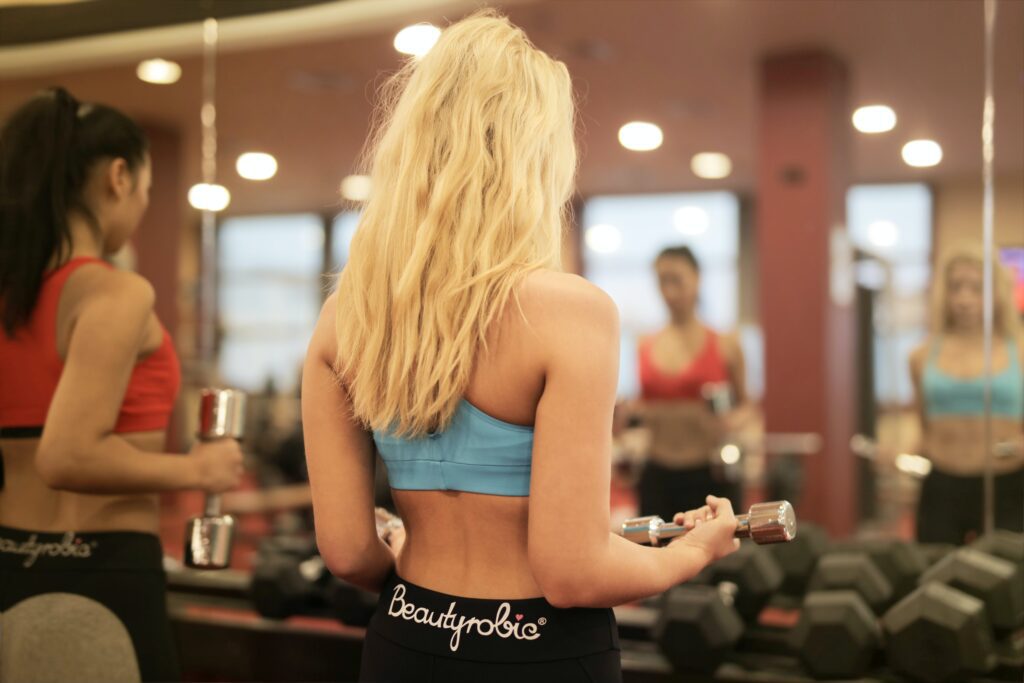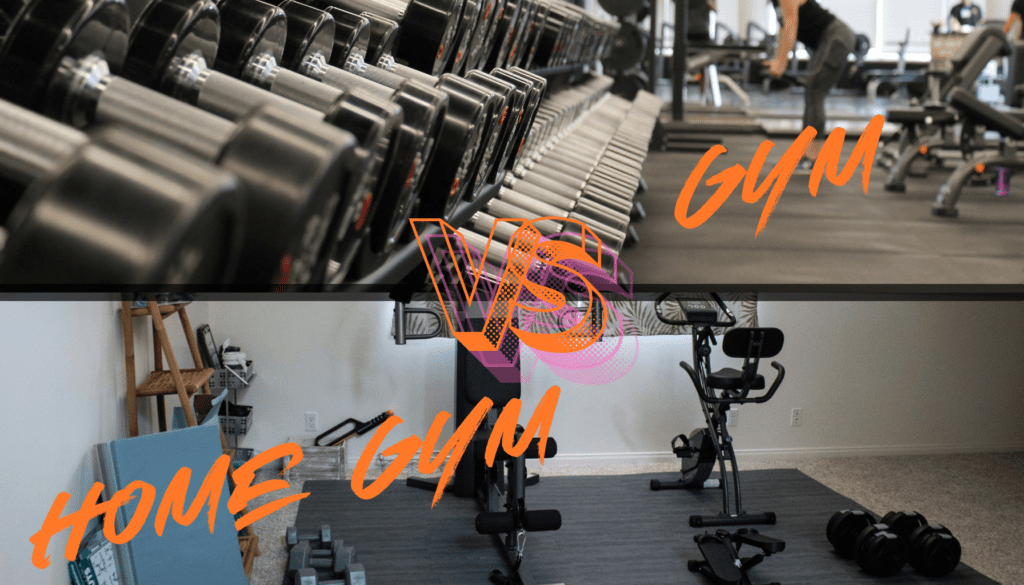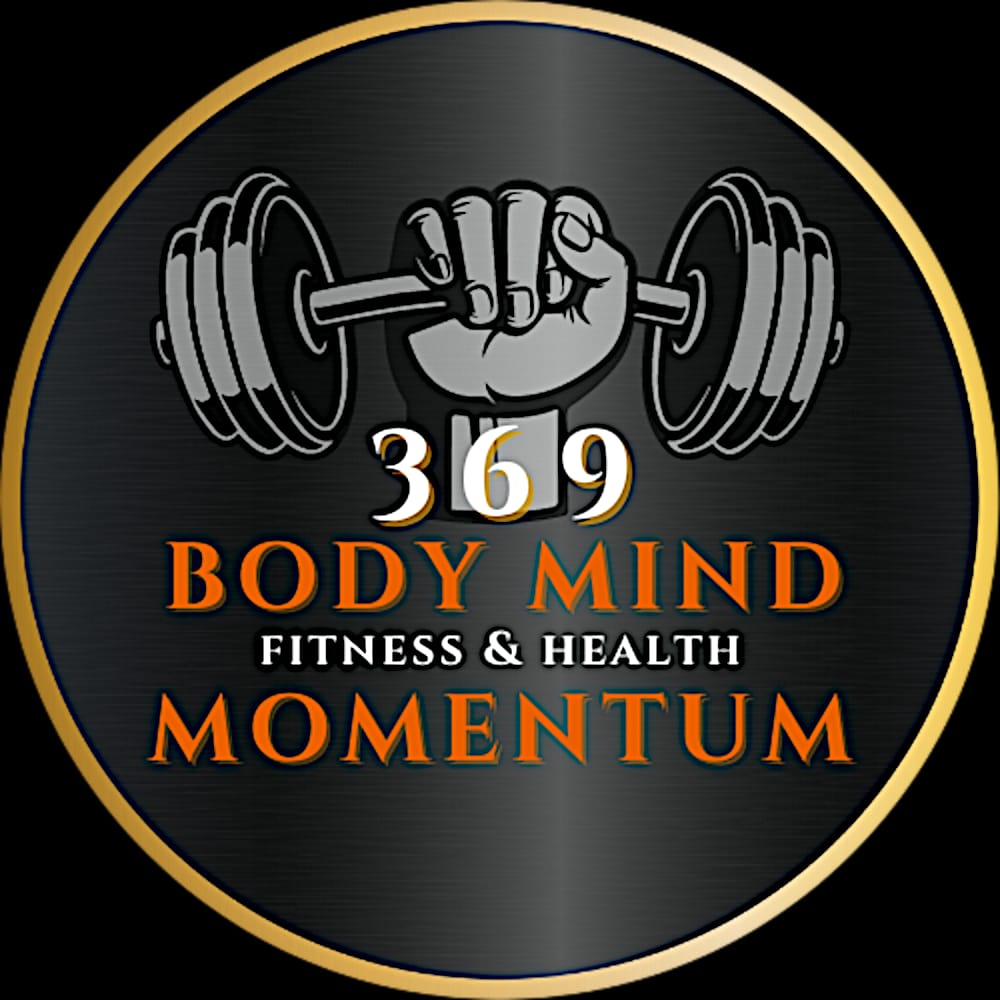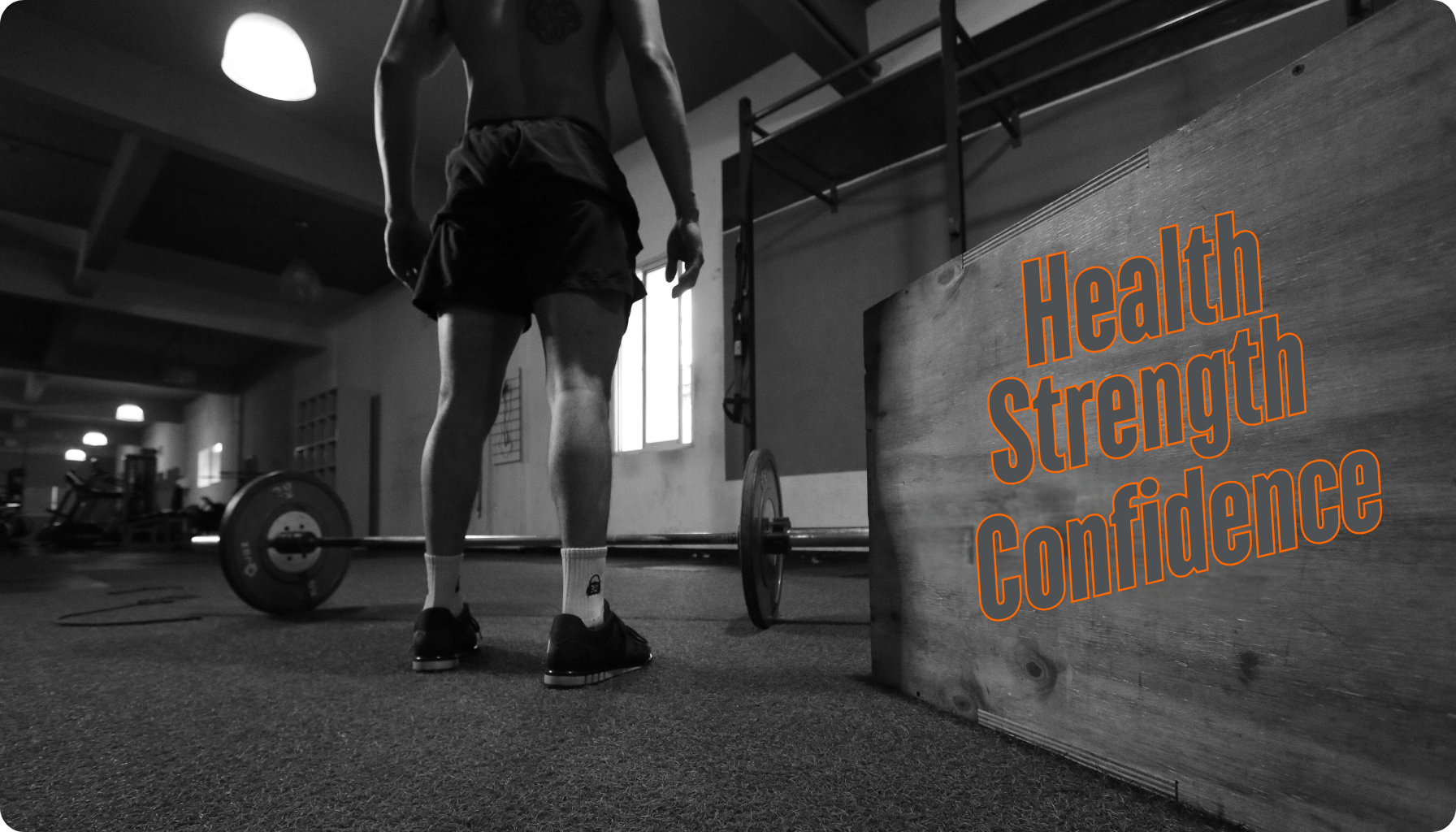Disclaimer: This article is for informational purposes only and not a substitute for professional medical advice. Always consult with your doctor or healthcare provider before starting any new fitness or lifestyle program.
It’s a challenge getting fit after 40, but it isn’t the end of the road; it’s a fresh chapter to prioritize your health and well-being. As we age, our bodies change, but with the right mindset, realistic goals, and consistent effort, you can feel stronger, healthier, and more confident than ever. If you’re considering getting fit after 40, let’s explore how you can make it work for you.

Getting Fit After 40: Start at Your Own Pace
Fitness is not a race. Getting fit after 40 is a personal process of finding your rhythm and making steady progress. Everyone progresses at their own speed, and that’s perfectly fine. Whether it’s weight training, bodyweight exercises, or a mix of both, the key is to start small and stay consistent.
Don’t compare yourself to others or feel the need to compete. This isn’t about becoming a bodybuilder (unless that’s your goal). You’re not 20 anymore, so there is no need to be throwing around those weights. Most people aim to feel healthier, move comfortably, and build strength for daily life. Overdoing it can lead to injuries or burnout, so take your time and trust the process.
Why People Choose to Get Fit
Why work out at all? People exercise for many reasons, but the benefits are universal:
- You look better and feel more confident.
- Your energy levels increase, making everyday tasks easier.
- You gain mental clarity and focus, improving overall quality of life.
- Staying fit prevents injury and reduces health risks like heart disease and diabetes.
Fitness also reflects discipline and commitment. While being out of shape doesn’t always mean laziness, it’s often perceived that way.
Here’s a fun analogy: the word “fat” has a round “a” in the middle, symbolizing excess weight, while “fit” features a slim “i” that represents strength and slimness. Coincidence? Maybe. But it’s a humorous reminder that being fit shows dedication and effort—qualities that go beyond physical appearance.
Being fit is your ticket to making a great first impression without even saying a word. It demands respect because it reflects discipline, effort, and dedication—qualities that are not easy to achieve and even harder to maintain.
Consistency Is Key, but Rest Is Crucial
Consistency is one of the most essential factors in achieving your fitness goals, especially when getting fit after 40. Showing up regularly, even for short workouts, builds habits and leads to progress over time. However, consistency doesn’t mean pushing through pain or discomfort. Your body at 40 isn’t the same as it was at 20. Sore muscles, joint pain, or a bad back are signs that your body needs rest. Taking a day or two off to recover will keep you fresh and prevent injuries.
Balance consistency with recovery. Progress comes from listening to your body, staying consistent, and avoiding burnout. Fitness after 40 is about working smarter, not harder. You can push, but know and understand your limits.

Getting Fit After 40: Bridging the Mind-Body Connection
Your brain often thinks you’re still in your 20s, but your body may disagree. It’s easy to believe, “I can jump that fence,” only to discover mid-jump that your knees have other plans. This disconnect between what your brain wants and what your body can do at 40 is real and must be acknowledged to avoid frustration or injury.
The solution lies in the mind-body connection. Before starting any exercise, take a moment to visualize yourself succeeding. If you’re lifting weights, focus on the muscle group you’re targeting, feel the contraction, and stay present in the movement. This mindful approach improves performance, reduces the risk of injury, and maximizes results.
Imagine you’re doing bicep curls. First, visualize yourself lifting the weight with perfect form. Picture your bicep contracting as you lift. As you start the curl, keep your eyes on your arm in the mirror. Watch how your muscles engage and visualize them growing stronger with each rep. As you lift, focus on the sensation in your bicep—the contraction, the stretch, and even the burn. Embrace the feeling as a sign of progress and strength building.
See it, do it, feel it! This is where standing in front of a mirror can help tremendously. It is a visual connection to the action you are performing, and you can feel the muscles being stimulated all in perfect sync.

Home Workouts vs. Gym Workouts: What’s Best for You?
Your choice between working out at home or at the gym depends on your lifestyle and preferences. Both have their benefits and drawbacks, and it’s up to you to decide what works best.
Benefits of Working Out at Home
- Convenience: No travel time, and you can exercise whenever you want.
- Privacy: Avoid the crowds and work out in a space that’s comfortable for you.
- Cost-effective: No gym membership fees or travel expenses.
- Flexibility: Take your time with sets and reps without feeling rushed.
Drawbacks of Home Workouts
- Limited equipment: You might lack access to specialized machines or heavy weights.
- No spotter: Be cautious when lifting heavy weights without assistance.
- Motivation challenges: Without a structured environment, staying consistent can be harder.
Benefits of Gym Workouts
- Variety of equipment: Access to machines, free weights, and tools you might not have at home.
- Social atmosphere: Meet friends, find workout partners, or enjoy being around like-minded individuals.
- Professional guidance: Trainers can help with form, technique, and creating effective routines.
Drawbacks of Gym Workouts
- Time commitment: Travel time and waiting for equipment can be a hassle.
- Cost: Gym memberships can be expensive.
- Crowds: You might have to deal with people you don’t know—or don’t like.
Ultimately, it’s your choice. Whether you’re getting fit after 40 by working out at home or at the gym, choose what aligns with your goals and lifestyle. Some prefer the privacy and convenience of home, while others thrive on the variety and atmosphere of the gym.
I prefer working out at home because it saves time and allows me to focus. I blast the music I like to listen to while working out, not needing to wear headsets. I don’t worry about how long I take doing reps or having to wait for someone to finish theirs. I just do what I want to do when I want to do it.
The only thing I would say is having a person help you push out some extra reps at times would be helpful, but I don’t lift that heavy anyway, so I guess it’s fine for me to do it alone.

Minor Diet Tweaks Make a Big Difference
Did you know you can lose 2 to 4 kilos in the first one to two weeks by simply adjusting your diet? I lost 6 kilos in two weeks after deciding it was enough being out of shape. I drastically changed my diet to do so, which not everyone is willing to do.
The initial weight loss often comes from shedding water retention, followed by fat loss. Small, sustainable changes in your eating habits—like reducing processed foods and increasing protein—can supercharge your fitness results. I went on a low-carb diet, and it worked for me.
Diet is an often overlooked but essential part of fitness. Pairing exercise with a balanced, nutrient-dense diet gives your body the fuel it needs to recover and thrive. In my next article, I’ll share specific tips for creating a diet plan that complements your fitness goals and tell you what I did to lose that weight.

Conclusion: Fitness as a Life-Changing Decision
Working out after 40 has the power to transform your life in ways you might not expect. Getting fit after 40 enhances your physical strength, sharpens your mental clarity, and boosts your confidence. It helps you easily tackle everyday challenges and reduces health risks, allowing you to live a longer, healthier life.
But before you start, you should consult with your doctor. If you have pre-existing conditions or health concerns, professional guidance is essential. Taking the time to care for your body isn’t just a decision—it’s an investment in your future.
The choice is yours. Whether you work out at home or hit the gym, every effort you make brings you closer to becoming stronger and healthier. So take that first step today and experience the difference for yourself, and remember to use your brain before you overdo it with your body.




